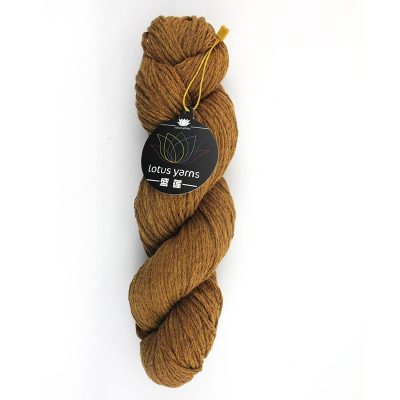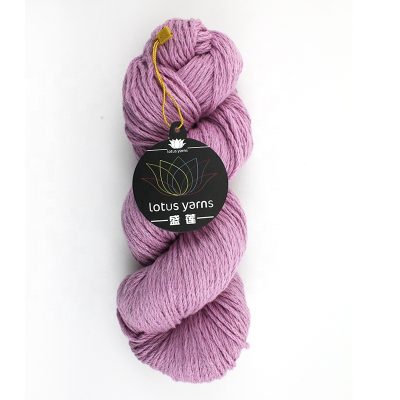Multi-variety production, there are yarns with different counts, yarns with different technological processes and processing methods, and yarns with different uses. The purpose of cotton blending is to use raw cotton more reasonably, because the quality and characteristics of the yarn are not exhaustive. The same, and the spinning process has its own characteristics, therefore, various yarns have different quality requirements for the use of raw cotton.
1. Yarns of different counts
High-count yarns generally refer to yarns with more than 50 counts. They are generally used in high-end products. They require high yarn strength, fewer appearance defects, uniform evenness, and high-count yarns have a small thread diameter and a relatively large number of fibers in the cross-section. Less, defects are easily exposed, and the number of fibers in the section is unevenly distributed, which has a greater impact on the level of cotton yarn evenness. On the contrary, the requirement for low count yarn is relatively lower. Therefore, different grades should be selected according to different counts when assembling cotton Raw cotton of different qualities.
2. Combed yarn and carded yarn
Combed yarns are generally high-end products, which require good appearance, uniform evenness, and less neps. The combing process can eliminate a large number of short fibers and some impurity defects, and it is difficult to eliminate neps. Therefore, the combing cotton requires the content of raw cotton linters and neps to be as low as possible, and the maturity is too poor, and the tax rate is too high. Produce neps, use as little as possible. Because combed products are used to make high-end fabrics, they have higher requirements on the dyeing effect of the cloth surface. Therefore, the raw cotton is selected for the color and neatness of the raw cotton, and sometimes long-staple cotton is needed.
3. Single yarn and strand
Generally, single yarn adopts backhand twist direction, and strand adopts forward twist direction. The angle between the fiber in the strand and the strand spool is small, so the fiber utilization rate is higher, the strength is also greatly enhanced, the evenness is improved, and the general evenness is improved. The level can be increased by 2%-3%. Because most of the hairiness and defects are wrapped in the line, the chance of exposure to the yarn is reduced, so the number of hairiness and defects is also greatly improved. The use of strands is generally used for warp yarns, so the grade and quality of cotton matching can be reduced.
4. Warp and weft
The warp yarns have more chances of tension and friction during use, so the warp yarn strength requirements are higher. When mixing cotton, you should choose raw cotton with slender fibers, high single fiber strength, moderate maturity, and good uniformity. There are many chances of removing neps and impurities on the yarn in the weaving process, and it has to go through the sizing process, so the color and impurity requirements of the raw cotton are lower, the weft yarn is not sizing, the preparation process is simple, and the opportunity to remove impurities is less, and the weft yarn It is mostly exposed on the surface of the fabric, so the weft yarn has a greater influence on the color, appearance, feel and other factors of the fabric, but the weft yarn does not require high strength, so you can choose the raw cotton with good color, less impurity, thicker and shorter, and slightly weaker tension.
5. Knitting yarn
Knitwear is knitted with single or several yarns by knitting machines. It has high requirements for yarn breakage, defects, strength and dyeing effect. Knitted yarns are generally used for underwear, which requires softness and comfort. The twist is small, and the knitting yarn requires high evenness uniformity. The uneven thickness of the yarn is particularly obvious on the fabric. Therefore, the strength of the yarn, the evenness, the number of defects, and the number of broken ends are required in all aspects when mixing cotton. Take care of it, so we should choose raw cotton with slender fiber, good neatness, normal maturity, low lint rate, few defects, and knitting yarn for pile fabrics. Choose raw cotton with good maturity, good elasticity and short length. .
























